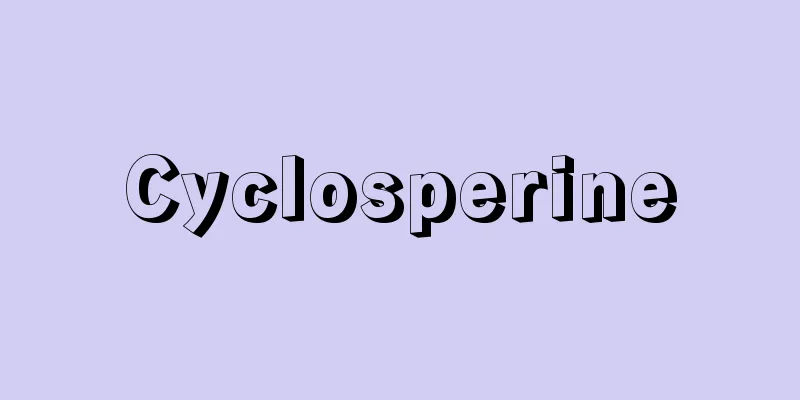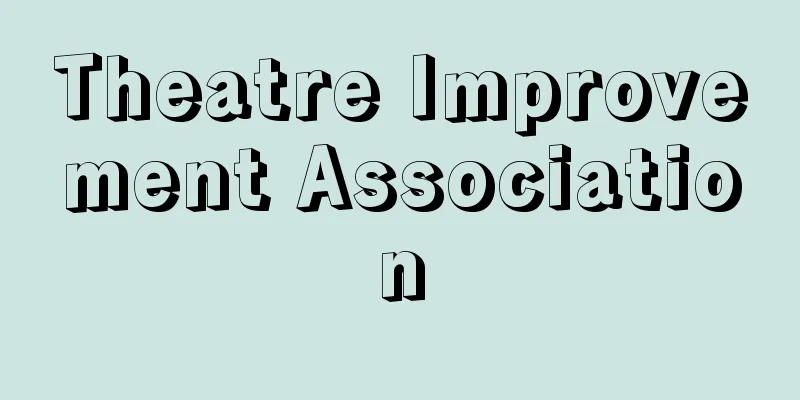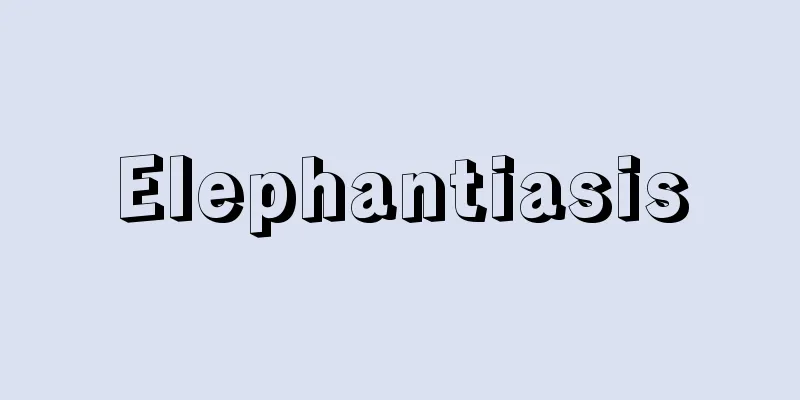Charles Mingus

|
American jazz bassist and composer. Born in Arizona, he moved with his family to the Watts district of Los Angeles when he was a toddler. He began learning the trombone and then the cello at the age of six. As a boy, he performed in his school band and as a member of the Los Angeles Junior Philharmonic. During this time, he was inspired by a concert by pianist and big band leader Duke Ellington. In high school, he switched to the bass at the urging of his schoolmate Buddy Collette (1921-2010), who later became a jazz saxophonist and clarinetist. He learned piano and music theory from bassist Red Callender (1916-1992). He started as a professional musician in 1940, and trained in the band of trumpeter Louis Armstrong from 1941 to 1943. He recorded his first recording in 1945 and his first leader session in 1946. From that year to 1948, he joined the band of vibraphonist Lionel Hampton, and Mingus' compositions and arrangements were used. In 1950, he became a sideman for vibraphonist Red Norvo (1908-1999) and remained with the band until 1951. He then moved to New York. However, he was unable to find work as a musician and became a postal worker for a while, but was encouraged by alto saxophonist Charlie Parker to return to the jazz scene, and performed with Parker, trumpeter Miles Davis, and others. In 1952, he established his own label, Debut, with the help of his friend, drummer Max Roach, and used this as a base to hold "Jazz Workshops" with various musicians. In 1953, he played briefly with the Ellington Orchestra and served as a sideman on Parker's album Jazz at Massey Hall. In the same year, he organized the Jazz Composers Workshop, which focused on compositional activities with white musicians such as tenor saxophonist Teo Macero (1925-2008), who would later become famous as Miles Davis' album producer, and vibraphone player Teddy Charles (1928-2012), and during this period he became more inclined toward European modern music. In 1956, as a result of the newly organized Jazz Workshop, he released the album Upright Ape, which was filled with anger against racial discrimination, and it caused a great stir. After this work, his music took on a stronger protest music color that brought black consciousness to the forefront. In 1958, he composed the film score for the film Shadows of the American West, directed by John Cassavetes. In 1960, alto saxophonist Eric Dolphy joined Mingus' group and toured Europe. In the same year, he held his own jazz festival at the same time as the Newport Jazz Festival, as a criticism of the festival. He also released the album "Mingus Presents Mingus," which included "The Fables of Governor Faubus," a condemnation of the racism incident that occurred in Little Rock, Arkansas. In 1962, he recorded the album "Money Jungle" with Ellington, and held a concert at New York Town Hall in the same year. In 1964, he toured Europe again with Dolphy and others, and also appeared at the Monterey Jazz Festival. In the same year, he also produced his own record, "Mingus at Monterey." In the late 1960s, he fell ill and temporarily left the jazz scene. He returned at the end of 1969, toured Europe in 1970, recorded the orchestral work "Let My Children Hear Music" in 1971, and was inducted into the Down Beat magazine Hall of Fame in the same year. In 1978, he attended a jazz festival hosted by President Jimmy Carter in a wheelchair, and received words of encouragement from the president. He died of illness in Mexico in 1979. Other representative works include "Pagliacci" and "Memories of Mexico" (both 1957), and "Cumbia & Jazz Fusion" (1977). He used music to highlight racial issues in America and raise the political consciousness of black jazz musicians. As a band leader, he was also a representative jazz bassist with the high level of skill to appropriately express his own sound color. [Masahiro Goto] [References] | | | | | |Source: Shogakukan Encyclopedia Nipponica About Encyclopedia Nipponica Information | Legend |
|
アメリカのジャズ・ベース奏者、作曲家。アリゾナ州に生まれ、幼児期に家族でロサンゼルスのワッツ地区に移住。6歳でトロンボーンを、続いてチェロを習いはじめる。少年時代はスクール・バンド、そしてロサンゼルス・ジュニア・フィルハーモニーの一員として演奏活動を行う。この時期、ピアノ奏者、ビッグ・バンド・リーダーであるデューク・エリントンのコンサートを聴いて感動する。高校時代、学友で後にジャズ・サックス、クラリネット奏者となるバディ・コレットBuddy Collette(1921―2010)の勧めによってベースに転向し、ベース奏者レッド・カレンダーRed Callender(1916―1992)から技術を習得、またピアノと音楽理論も学習する。 1940年プロ・ミュージシャンとしてスタートし、1941年から1943年にかけてトランペット奏者ルイ・アームストロングのバンドなどで修業。1945年初レコーディング、1946年初リーダー・セッションを録音する。同年より1948年にかけてはビブラホーン奏者ライオネル・ハンプトンの楽団に参加、ミンガスの作・編曲が採用される。1950年ビブラホーン奏者レッド・ノーボRed Norvo(1908―1999)のサイドマンとなり1951年まで在籍する。その後ニューヨークに移り住む。しかしミュージシャンとしての仕事がなく一時期郵便局員となるが、アルト・サックス奏者チャーリー・パーカーに励まされジャズ・シーンに復帰、パーカー、トランペット奏者マイルス・デービスらと共演。1952年自己レーベル「デビュー」を友人のドラム奏者マックス・ローチの助けを借りて設立し、ここを拠点としてさまざまなミュージシャンたちと「ジャズ・ワークショップ」の活動を行う。 1953年、エリントン楽団で短期間演奏、パーカーのアルバム『ジャズ・アット・マッセイ・ホール』のサイドマンを務める。同年、後にマイルスのアルバム・プロデューサーとして名をはせるテナー・サックス奏者テオ・マセロTeo Macero(1925―2008)、ビブラホーン奏者テディ・チャールズTeddy Charles(1928―2012)ら白人ミュージシャンたちと作曲活動に力点を置いた「ジャズ・コンポーザーズ・ワークショップ」を組織、この時期ヨーロッパ近代音楽への傾斜を強める。1956年、新たに編成された「ジャズ・ワークショップ」の成果として、人種差別への怒りを込めたアルバム『直立猿人』を世に問い、大きな反響をよぶ。この作品以降、彼の音楽は黒人意識を前面に押し出したプロテスト・ミュージックの色彩を強くする。1958年ジョン・カサベテス監督の映画『アメリカの影』の映画音楽を担当。1960年アルト・サックス奏者エリック・ドルフィーがミンガスのグループに参加、ヨーロッパ・ツアーを行う。同年ニューポート・ジャズ・フェスティバルに対する批判を込め、同時期に独自のジャズ・フェスティバルを開催。またアーカンソー州リトル・ロックで起きた人種差別事件に対する非難を込めた「フォーバス知事の寓話」を収録したアルバム『ミンガス・プレゼンツ・ミンガス』を発表。1962年、エリントンとの共演アルバム『マネー・ジャングル』を録音、同年ニューヨーク・タウン・ホールでコンサートを開催。1964年ドルフィーらと再度ヨーロッパ・ツアーを行い、さらにモンタレー・ジャズ・フェスティバルに出演する。また同年、自主レコード『ミンガス・アット・モンタレイ』も制作している。 1960年代後半は体調を崩し一時ジャズ・シーンから遠ざかる。1969年末に復帰し1970年ヨーロッパ・ツアーを行い、1971年オーケストラ作品『レット・マイ・チルドレン・ヒア・ミュージック』を録音、同年『ダウン・ビート』Down Beat誌「名声の殿堂」入りを果たす。1978年大統領ジミー・カーター主催のジャズ・フェスティバルに車椅子で出席、大統領より励ましの言葉を受ける。1979年メキシコにて病死。そのほかの代表作に『道化師』『メキシコの想い出』(ともに1957)、『クンビア&ジャズ・フュージョン』(1977)がある。彼は音楽によってアメリカにおける人種問題にスポットを当て、黒人ジャズマンの政治的意識を高めた。バンド・リーダーとしても、自らのサウンド・カラーを適切に表現する高度の技量を身につけた代表的ジャズ・ベーシストである。 [後藤雅洋] [参照項目] | | | | | |出典 小学館 日本大百科全書(ニッポニカ)日本大百科全書(ニッポニカ)について 情報 | 凡例 |
<<: Private Diplomacy - Minkan Gaiko
>>: Minkai - Citizens' Assembly
Recommend
White
〘Noun〙① The name of a color. The color of snow, sa...
Maroni, E.
...It is said that the first performance was by t...
Qaghan; Khaghan
Also read as "Khagan." A title given to ...
Epoxy resin paint - Epokisijushitoryo
…It also has good compatibility with many substan...
Metaphysical Poetry
In a broad sense, it can refer to poetry of philos...
strategic business planning
... For this purpose, it is considered best to or...
Juncus effusus var. decipiens; rush
A perennial plant of the Juncaceae family found in...
Siamese
…The official language of Thailand. Formerly know...
The spirit of the reconstruction period
A collection of critical essays by Hanada Kiyoteru...
wintergreen
...The dried whole plant of P. rotundifolia L. fr...
Cho Ryohitsu
1217-1286 A former Chinese politician. Born in th...
Julius Kambarage Nyerere
Tanzanian politician and first president. Born in...
Wazuka [town] - Wazuka
A town in Soraku County in the southeastern part o...
Gichaku - Gichaku
...The player supports the instrument by placing ...
Switching contact - Switching contact
…A switch, relay, circuit breaker, contactor, or ...









